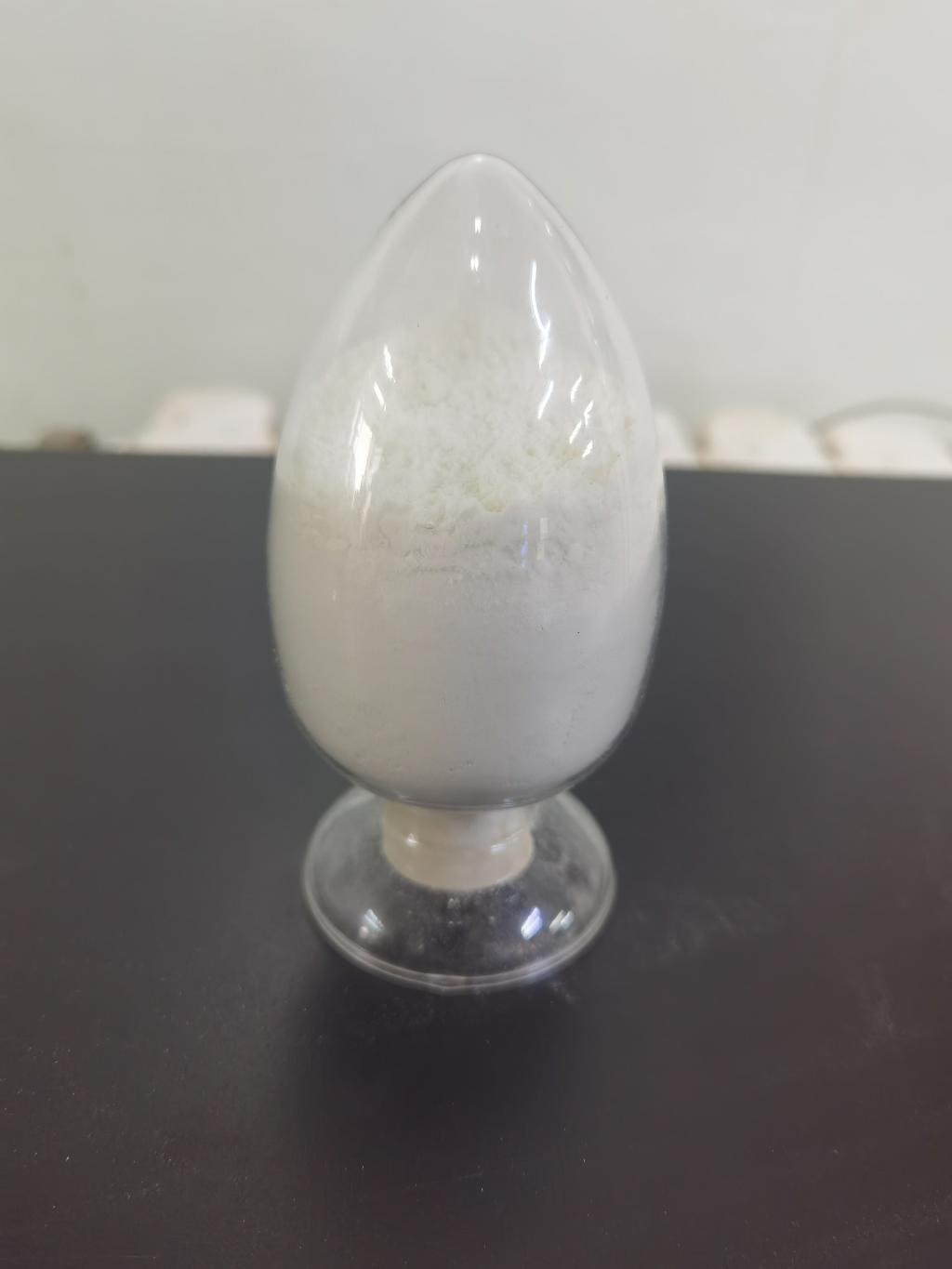Tel:+8618231198596

News
 CONTACT
CONTACT
 CONTACT
CONTACT
- Linkman:Linda Yao
- Tel: +8618231198596
- Email:linda.yao@dcpharma.cn
- Linkman:CHARLES.WANG
- Department:Overseas
- Tel: 0086 0311-85537378 0086 0311-85539701
News
Current Position:
Home >
News
>Evaluating the Efficacy of ε-Polylysine Hydrochloride in Veterinary Medicine.
Evaluating the Efficacy of ε-Polylysine Hydrochloride in Veterinary Medicine.
TIME:2024-06-03
Understanding ε-Polylysine Hydrochloride:
ε-Polylysine hydrochloride is a cationic biopolymer derived from natural sources, particularly Streptomyces albulus. It consists of multiple lysine residues linked by peptide bonds, forming a linear polymer chain with a net positive charge. ε-Polylysine hydrochloride is water-soluble, biodegradable, and non-toxic, making it suitable for various applications in veterinary medicine. It has been approved as a feed additive and food preservative in many countries and is generally recognized as safe (GRAS) for animal consumption.
Mechanisms of Action:
ε-Polylysine hydrochloride exhibits multiple mechanisms of action against microbial pathogens, making it an effective antimicrobial agent in veterinary medicine:
Disruption of Cell Membrane: ε-Polylysine hydrochloride interacts with the negatively charged bacterial cell membrane, leading to membrane disruption and permeabilization. This disrupts membrane integrity, causing leakage of cellular contents and eventual cell death. By targeting the cell membrane, ε-Polylysine hydrochloride effectively inhibits microbial growth and proliferation.
Inhibition of Protein Synthesis: ε-Polylysine hydrochloride can interfere with bacterial protein synthesis by binding to ribosomal subunits or inhibiting enzyme activity involved in protein synthesis. This disrupts bacterial metabolism and impairs cellular functions, leading to inhibition of microbial growth and replication.
Disruption of Biofilm Formation: Biofilm formation is a common challenge in veterinary medicine, particularly in cases of chronic infections and wound healing. ε-Polylysine hydrochloride can inhibit biofilm formation by disrupting cell-to-cell communication, interfering with extracellular polymeric substance (EPS) production, and destabilizing the biofilm matrix. This prevents the attachment and colonization of microbial cells on tissues and surfaces, reducing the risk of biofilm-related infections and treatment failure.
Applications in Veterinary Medicine:
Treatment of Bacterial Infections: ε-Polylysine hydrochloride can be used to treat bacterial infections in animals, including skin infections, urinary tract infections, respiratory infections, and gastrointestinal infections. It can be administered orally, topically, or parenterally, depending on the type and severity of the infection.
Wound Healing: Wound infections are common in veterinary practice, particularly in surgical wounds, traumatic injuries, and chronic wounds. ε-Polylysine hydrochloride can be applied topically or incorporated into wound dressings to prevent microbial colonization, promote wound healing, and reduce the risk of infection.
Preventive Health Care: ε-Polylysine hydrochloride can be used as a preventive measure to maintain animal health and prevent the spread of infectious diseases. It can be added to animal feed or water to control microbial contamination, improve digestive health, and enhance immune function.
Biosecurity: In veterinary facilities, farms, and animal production facilities, biosecurity measures are essential for preventing the spread of infectious diseases. ε-Polylysine hydrochloride can be used as a disinfectant or sanitizer to decontaminate surfaces, equipment, and animal housing facilities, reducing the risk of disease transmission.
Benefits of ε-Polylysine Hydrochloride:
Broad-Spectrum Antimicrobial Activity: ε-Polylysine hydrochloride exhibits broad-spectrum antimicrobial activity against a wide range of Gram-positive and Gram-negative bacteria, as well as fungi and some viruses. This makes it effective against various pathogens encountered in veterinary medicine.
Low Toxicity: ε-Polylysine hydrochloride is non-toxic to animals and humans, posing minimal risk of adverse effects or toxicity. This makes it a safer alternative to conventional antimicrobial agents, particularly in veterinary patients with underlying health conditions or compromised immune function.
Biodegradability: ε-Polylysine hydrochloride is biodegradable, meaning it can be broken down into harmless by-products by microbial or enzymatic action in the environment. This reduces the risk of environmental contamination and ecological impact associated with antimicrobial use.
Sustainability: ε-Polylysine hydrochloride is derived from natural sources and can be produced through fermentation processes using renewable feedstocks. This promotes sustainability in veterinary medicine by reducing reliance on finite fossil resources and minimizing environmental footprint.
Challenges and Considerations:
While ε-Polylysine hydrochloride offers promising benefits in veterinary medicine, several challenges and considerations should be addressed:
Cost-Effectiveness: The production cost of ε-Polylysine hydrochloride may currently be higher than that of conventional antimicrobial agents. Research into cost-effective production methods and process optimization is needed to improve affordability and market competitiveness.
Regulatory Approval: Regulatory approval for the use of ε-Polylysine hydrochloride in veterinary medicine may vary between countries and regions. Continued regulatory advocacy and compliance with safety and quality standards will be essential to facilitate its widespread adoption.
Formulation and Delivery: Formulating ε-Polylysine hydrochloride into veterinary medications, feed additives, and topical products may pose challenges related to stability, solubility, and compatibility with other ingredients. Formulation optimization and delivery system development will be necessary to ensure efficacy and convenience of use.
Resistance Development: While ε-Polylysine hydrochloride has a low potential for inducing microbial resistance, continued monitoring of microbial susceptibility and resistance patterns is essential to detect any emerging resistance mechanisms and mitigate the risk of resistance development.
Future Directions:
As research into ε-Polylysine hydrochloride continues to advance, several future directions merit exploration:
Clinical Studies: Further clinical studies are needed to evaluate the safety, efficacy, and optimal dosage regimens of ε-Polylysine hydrochloride in veterinary patients, including companion animals, livestock, and exotic species.
Formulation Innovation: Research into novel formulations and delivery systems, such as nanoparticles, liposomes, and hydrogels, may enhance the efficacy and convenience of ε-Polylysine hydrochloride-based veterinary medications and products.
Combination Therapies: Investigating the synergistic effects of ε-Polylysine hydrochloride in combination with other antimicrobial agents, immune modulators, and wound healing agents may improve treatment outcomes and reduce the risk of resistance development.
Education and Awareness: Increasing awareness and education among veterinary professionals, animal owners, and industry stakeholders about the benefits and applications of ε-Polylysine hydrochloride in veterinary medicine is crucial for promoting its adoption and integration into veterinary practice.
- Tel:+8618231198596
- Whatsapp:18231198596
- Chat With Skype







